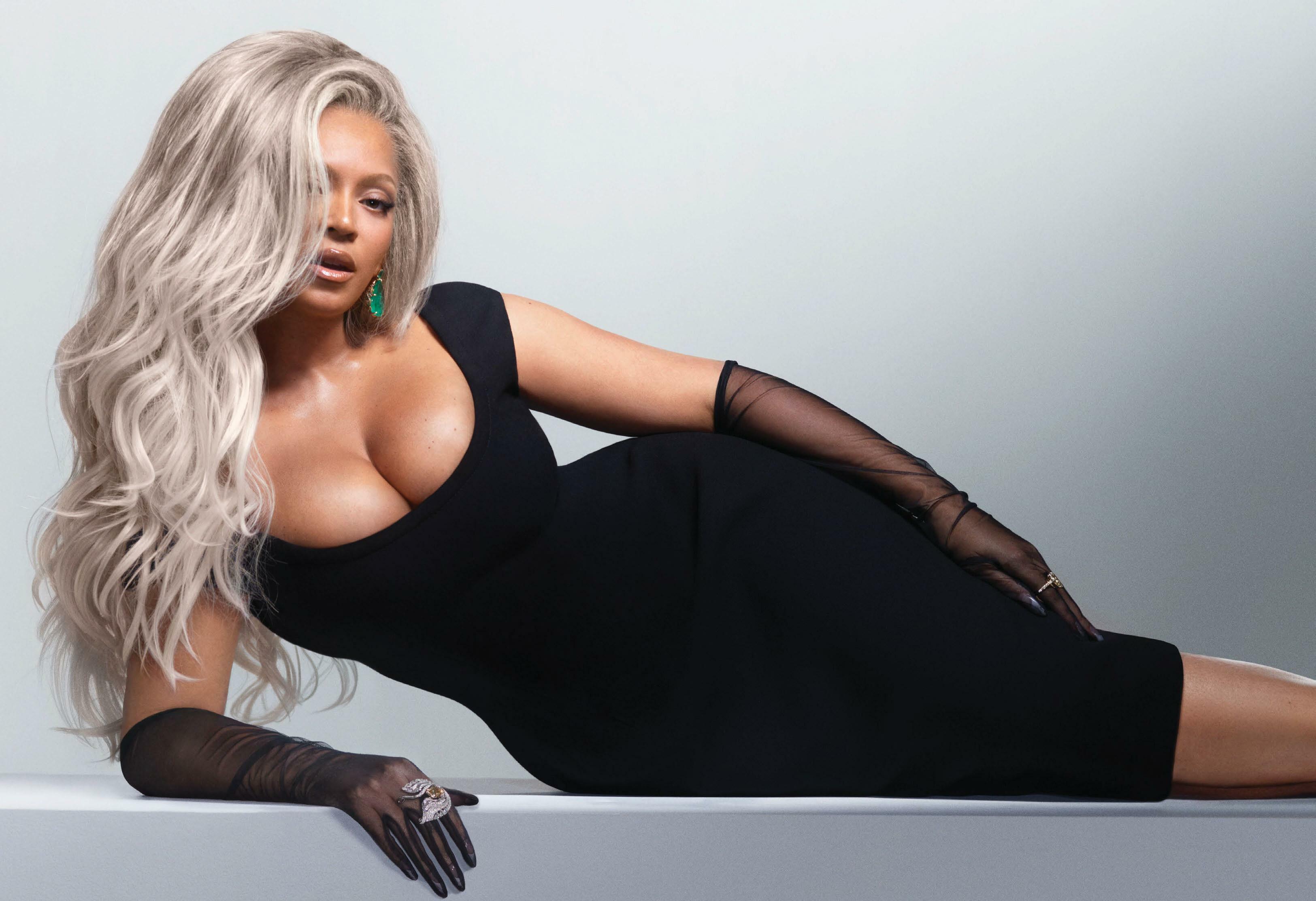
BEYONCÉ IS BREAKING OUT.
Midway through Cowboy Carter, her eighth and most recent studio album, released this past spring, a voice makes the project's mission statement plain over blaring alarms and a thunderous beatdeclaring the concept of genre to be a sense of confinement for those artists whose creativity is too wide-ranging to fit in a neat box. All before Beyoncé herself saunters in comparing herself to Thanos, the Marvel villain known for seeking precious stones of mystical power to claim as his own and assemble into one unified superpower.
There may not be an accompanying music video, but the lyrics conjure a potent visual: Beyoncé, armed with a bedazzled gauntlet, breaking down every stultifying wall, label, or box the industry ever tried to put her in across her 30-year career.
It's a theme that applies to much of what Beyoncé has been up to for the past decade or so, especially in the last couple of years: a mission of reclamation, recentring Blackness in spaces where our influence has since been de-emphasized, whether in rodeo, on the great American plains, or on sweaty ballroom dance floors.
The project has been powered by legacy.
Each step forward is illuminated with a look back, a tour through time tracing her own roots, while also yielding the knowledge that her family tree is just one in a larger forest where everything is connected. Whatever she does feels that much grander because of it. A new country-influenced album isn't just an exercise in undoing the strictures of genre; it's a history lesson, where forgotten pioneers can get their props and true lineages can be explored. (That voice denouncing genres belongs to Linda Martell, the Black country pioneer whose efforts endured some of the same resistance Beyoncé faced.)
Diese Geschichte stammt aus der October - November 2024-Ausgabe von GQ India.
Starten Sie Ihre 7-tägige kostenlose Testversion von Magzter GOLD, um auf Tausende kuratierte Premium-Storys sowie über 8.000 Zeitschriften und Zeitungen zuzugreifen.
Bereits Abonnent ? Anmelden
Diese Geschichte stammt aus der October - November 2024-Ausgabe von GQ India.
Starten Sie Ihre 7-tägige kostenlose Testversion von Magzter GOLD, um auf Tausende kuratierte Premium-Storys sowie über 8.000 Zeitschriften und Zeitungen zuzugreifen.
Bereits Abonnent? Anmelden

In Haider We Hope
The role of a fashion designer is one usually forged in chaos and fired down by “creative differences”. But on the eve of a new Tom Ford directorship, Haider Ackermann has never felt more free.

VIVA VARUN
Varun Dhawan on balancing fatherhood and film shoots, and the pressure of making the right choices.

PRATIK GANDHI'S QUIET EUPHORIA
The actor―who delivered a knockout performance in Madgaon Expresson the high of a hit and the pressure of sustaining success.

THE COMEBACK KID
Buoyed by his performance in Singham Returns, Arjun Kapoor doubles down on creativity.

SCRIPTING STARDOM
Vicky Kaushal on the thrill and terror of stepping onto a Sanjay Leela Bhansali set, charting an unconventional career, and making sense of the money game.

A TRYST WITH STARDOM
Triptii Dimri segued from her left-field roots straight to the animal park. The gamble has paid off.

WALKING A TIGHTROPE
Following the monster success of Stree 2, Rajkummar Rao opens up about navigating artistic fulfilment and box-office glory.

THE MAHARAJA OF MEHRAULI
It's been an action-packed year for Tarun Tahiliani, the emperor of Indian couture.

LONE WARRIOR
Kartik Aaryan on why, in an industry that only watches out for its own, he has to blow his own trumpet.

HITS AND HEARTBREAKS
Filmmaker Imtiaz Ali talks about redeeming himself with the extraordinary Chamkila, dealing with star-studded setbacks, and why we've forgotten to make love stories.